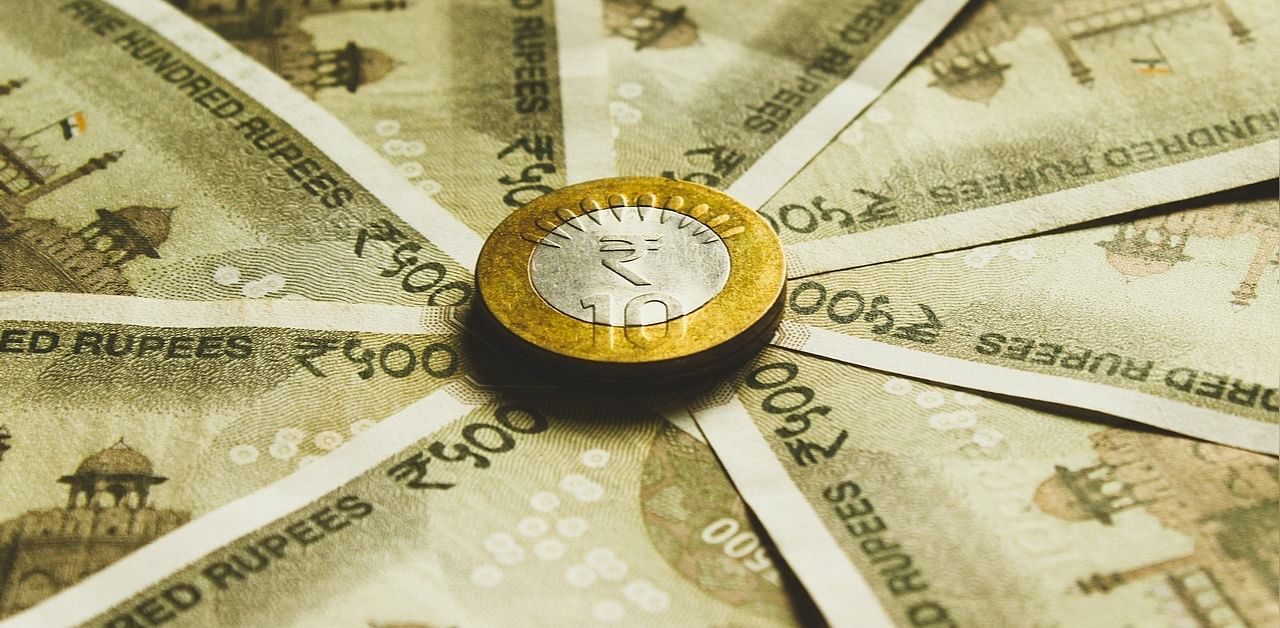
A big problem we face whilst managing our savings is the complexity of it all. With fixed deposits yielding near-zero or even negative (depending on how those are calculated) returns, perforce not just the employed but retirees may need to have a look at what sort of returns, post-tax, they receive.
Furthermore, some key issues need to be kept in mind: first and foremost, simplicity and secondly low cost. This allows for an easy understanding of what one is doing. With low cost, keep more of what you earn and easily rebalance for continuous profit booking while making sure you are always in line with your target risk.
The solution: a three ETF portfolio
Exchange-traded funds (ETFs) are generally better suited for such endeavors due to their low-cost, low-ticket size, no fund manager risk, diversification, etc. According to Hansi Mehrotra, Financial Coach, “It is best for anyone to start with a simple basket of ETFs, and then consider active funds if, and only if, you can figure how to pick them. Most people cannot.”
Such ETFs allow any saver to start small, using bite sizes investments to suit the pocket and even implement a smart SIP. The resultant basket should naturally be Low Cost with Tailored Risk and potentially enhanced Returns.
Which gets us to the next question: what kind of ETFs will be suitable for such a core portfolio? First is an investment in the domestic equity market. Indices like the Nifty and Sensex represent the largest listed companies which are therefore likely to weather the current pandemic better than smaller firms and are very liquid: easily bought and sold at low spreads.
However, all ETFs are not equal, and investors must be aware of which one’s trade with thin spreads and low premiums. Which are large but suffer from trading volumes.
Hedging
Our next step would be to hedge ourselves against the possibility of the Indian economy not doing well.
Indices such as the Nasdaq 100 (a basket of the 100 largest, most actively traded US companies listed on the Nasdaq stock exchange) allow for a global diversification i.e. twenty-seven countries are tied to companies represented in the index and more than 55% of the revenue comes from outside of the US.
These non-financial sectors include retail, biotechnology, industrial, technology, health care, and others – with the correction, ideally suited to the Covid world. Together with domestic large companies (via the index), this provides the growth impetus.
But, in situations like the crash in March and a general global risk aversion, there also needs to be a balancing factor. Two popular asset classes for this purpose in India have been Government of India Bonds and Gold, ETFs for both are readily available for trading on the stock exchanges. Both are a Volatility hedge (dampens risk) and gain volumes whenever there is a Flight to safety.
Expectations from this intelligent design are a 10% -30% drop in standard volatility with a corresponding increase in returns in line with an efficient portfolio. Depending on proportion or each ETF, (85:15 Equity: Debt/Gold may be considered aggressive and 30% Gold or Government Bonds would be moderate) risk can be tailored to suit investor needs.
Footnote for anyone attempting this exercise would be to stagger investments and use Smart SIPs (a detailed discussion on this to follow) for rebalancing. Also, consider a platform for “Fill it – Shut it – Forget it” investing.
Finally, always consult with your adviser to determine the suitability of any investment.